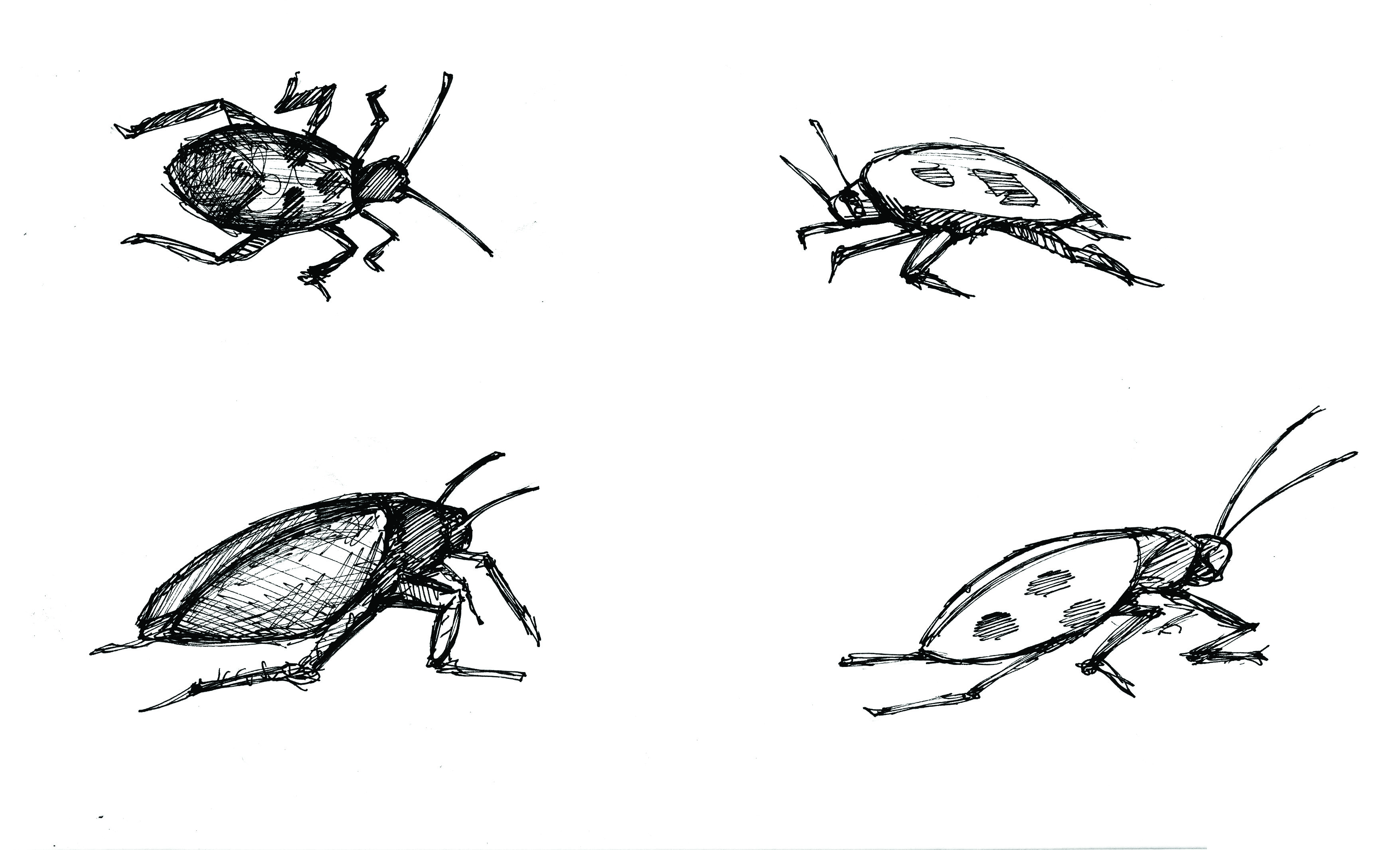As the obesity rate in North America continues to escalate, one ponders what can actually be done to ight it. Sure, eating more vegetables and less junk food is the
pathway to success for many. But really, in this junk food saturated era, do any of us have that will power? Does losing weight have to be that
difficult?
A recent study out of Syracuse University doesn’t seem to think so. Chemists have demonstrated that a hormone involved in making the body feel satiated after eating can be introduced into the bloodstream orally. This finding may lead to a chewing gum designed to help you lose weight.
The hormone, human peptide YY (PYY), is a physiological signal involved in decreasing one’s food intake and appetite. Located primarily in epidermal cells within the intestine, human peptide YY is released in the lower gastrointestinal tract. Levels of the PYY hormone decrease just before a meal, and increase after
eating and exercising by allowing the body to use up more calories for energy. It has been demonstrated that some over-weight humans have a lower concentration of the hormone in their bloodstream, allowing them to eat more than an average-weight person before getting full.
This recent study shows that when the hormone is administered to obese and normal weight people, both groups consume fewer calories.
Although the hormone does decrease appetite, leading to weight loss, getting it into the body has been problematic. When the hormone is taken orally it is either destroyed by stomach acid or cannot function at its maximum potential within the
bloodstream. Fortunately, vitamin B12, often used to increase metabolism and one’s energy level, assists the movement of the PYY hormone into the bloodstream. his new “B12-PYY system” helps the majority of the PYY hormone function more effectively when taken orally.
This is where chewing gum comes into play. The next step for this study is to insert the B12-PYY system into a piece of gum or “oral tablet,” which will be used to deliver the hormone into the body. Once this is achieved, it may be possible to produce commercially available gum that assists in the process of losing weight.
AND ON THE TOPIC OF GUM
The original chewing gum was found in sap trees. A common substance,
called chicle, is a latex sap from sapodilla trees. Chicle, which is also a form of rubber, does not dissolve when being chewed, and this makes gum the chewy experience it is. After the Second World War, chemists were able to synthesize artificial gum with the same texture as the chicle. Although often containing
sugar, gum — even before this study was associated with an indirect form
of weight loss — has been known to help prevent a craving for sweets such
as chocolate.
Chewing gum has also been used as a delivery system to generate various
physiological efects in the body. Although we are all aware of several brands of whitening gum, gum has been shown to assist in many other aspects of life, such as thirst-quenching gum for athletes, cafeinated gum, and nicotine-carrying gum to help smokers quit. In 2003, the chewing gum company Wrigley’s patented Viagra-carrying gum, but has displayed no intention of releasing it.
Although eating healthier and exercising are the best options to maintain optimal weight, this new study engenders hope for people who are genetically predisposed to obesity and may have diiculty limiting their amount of food intake.



